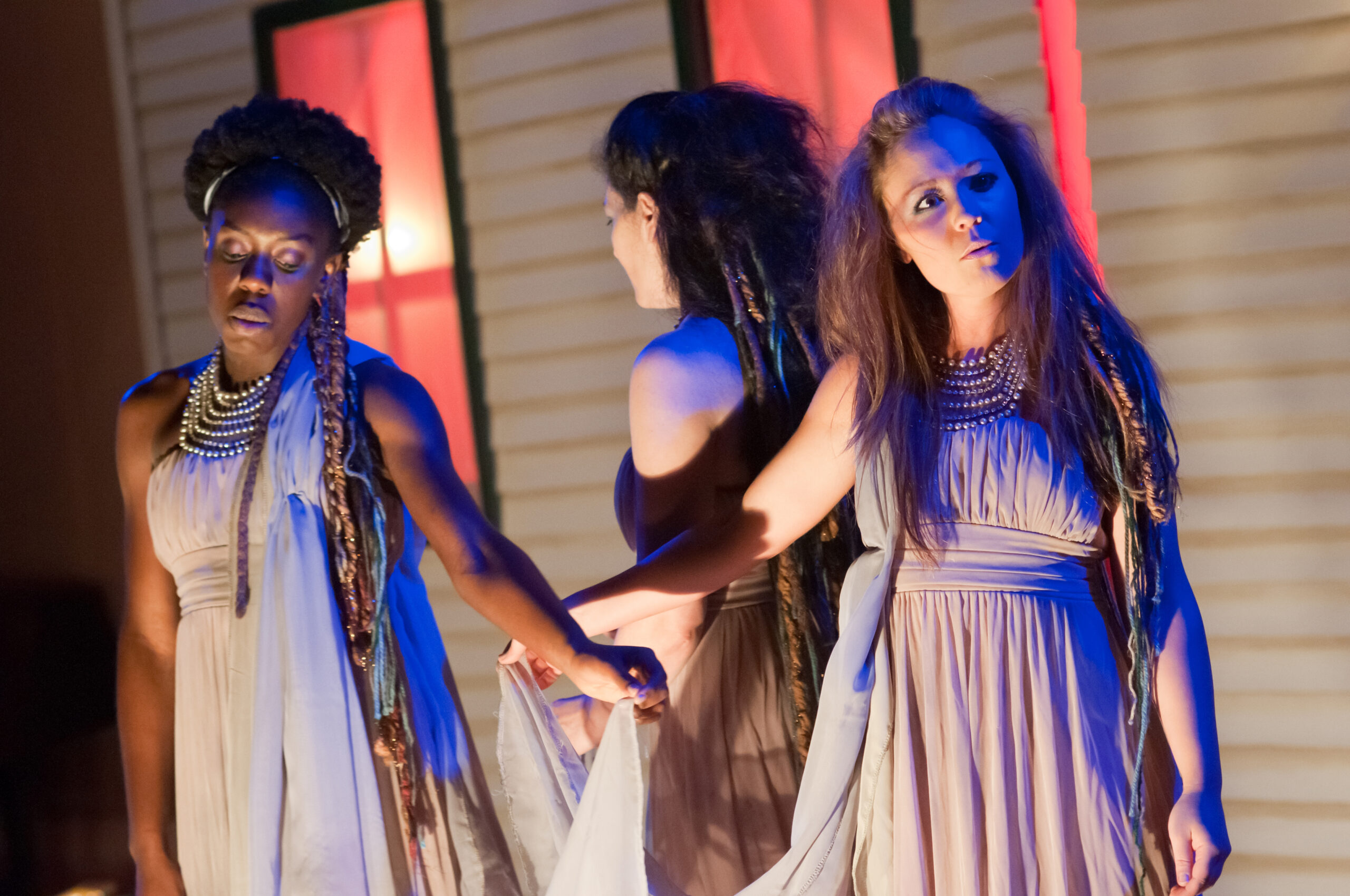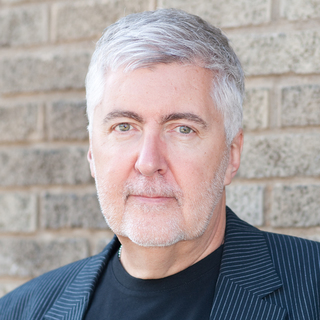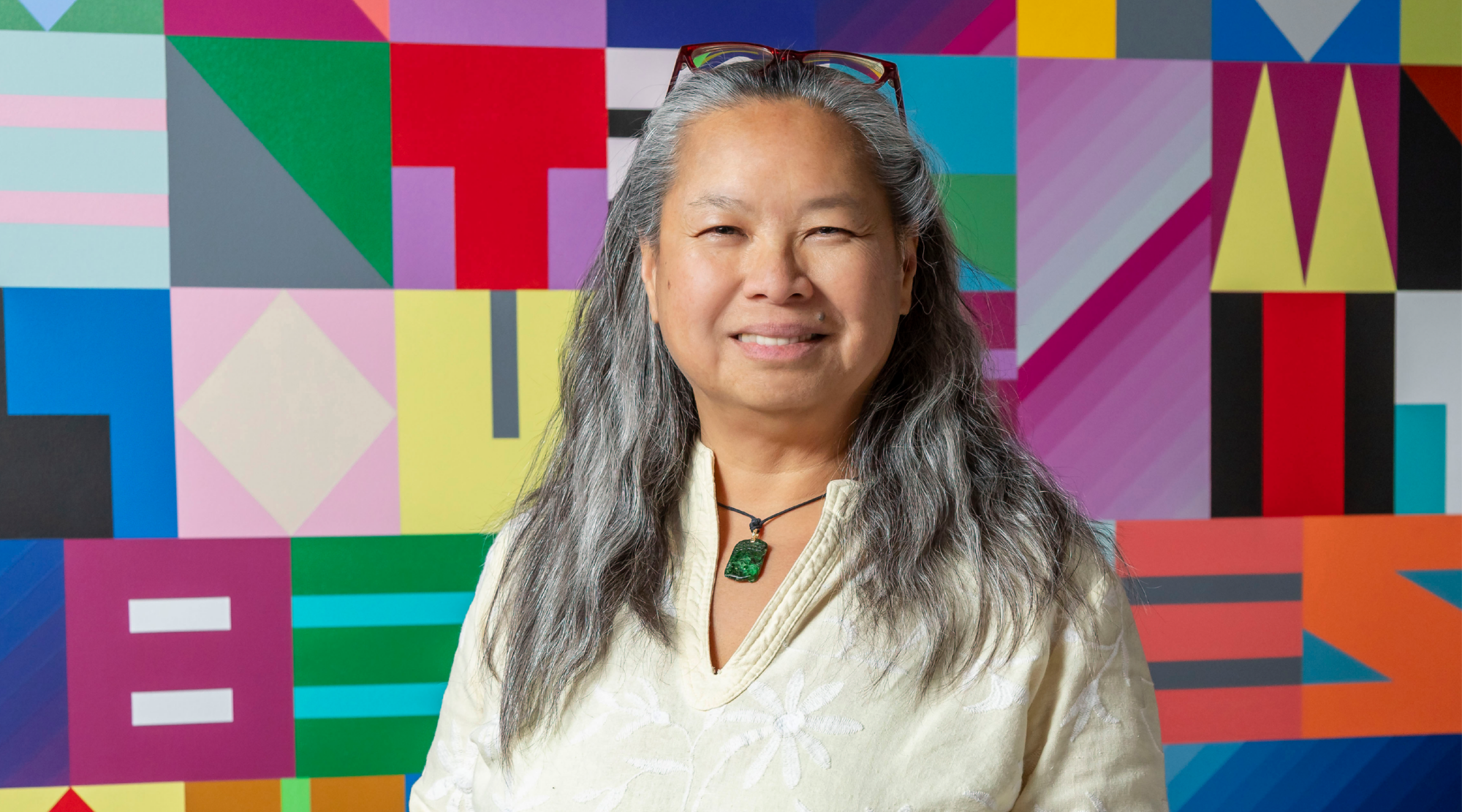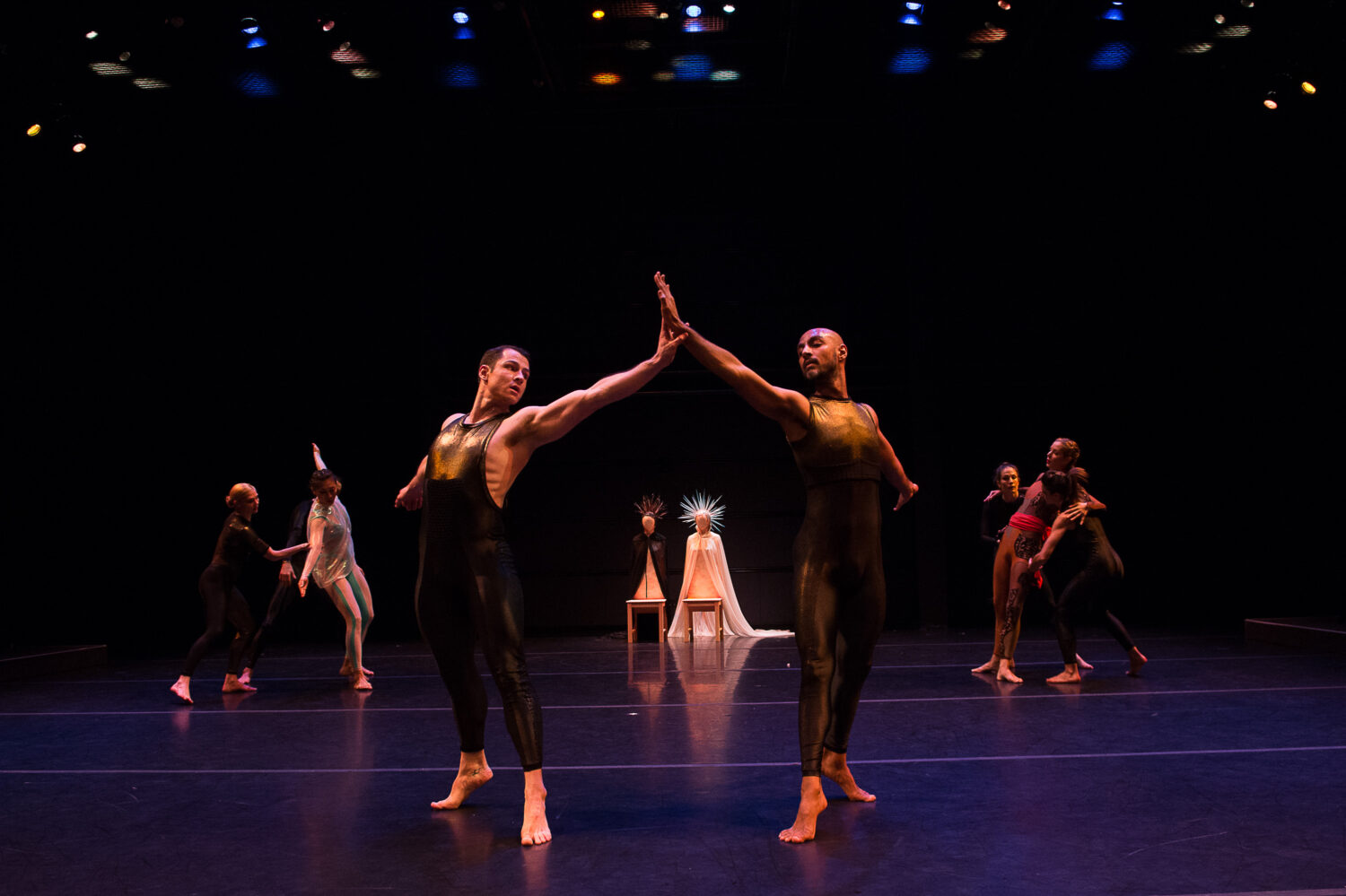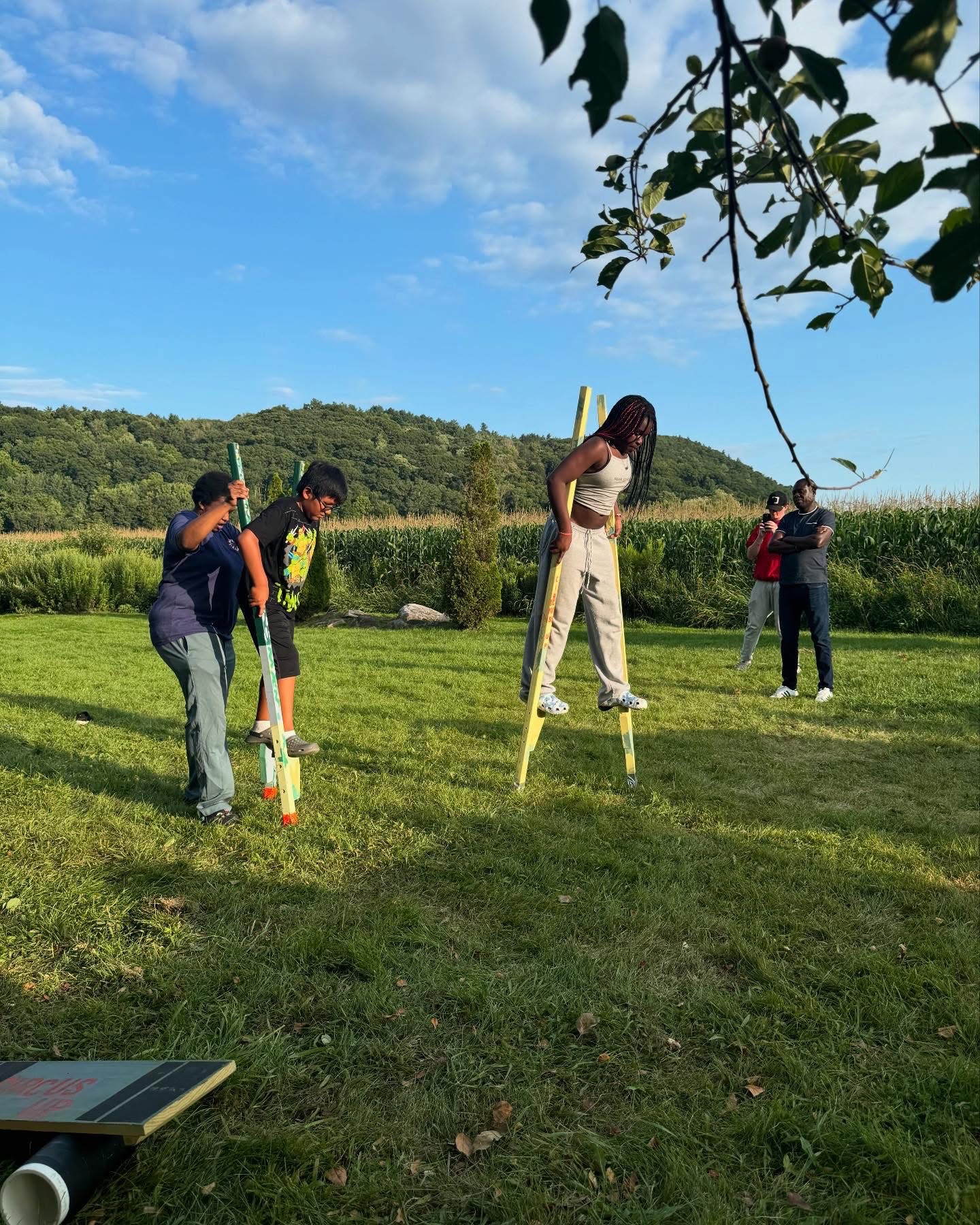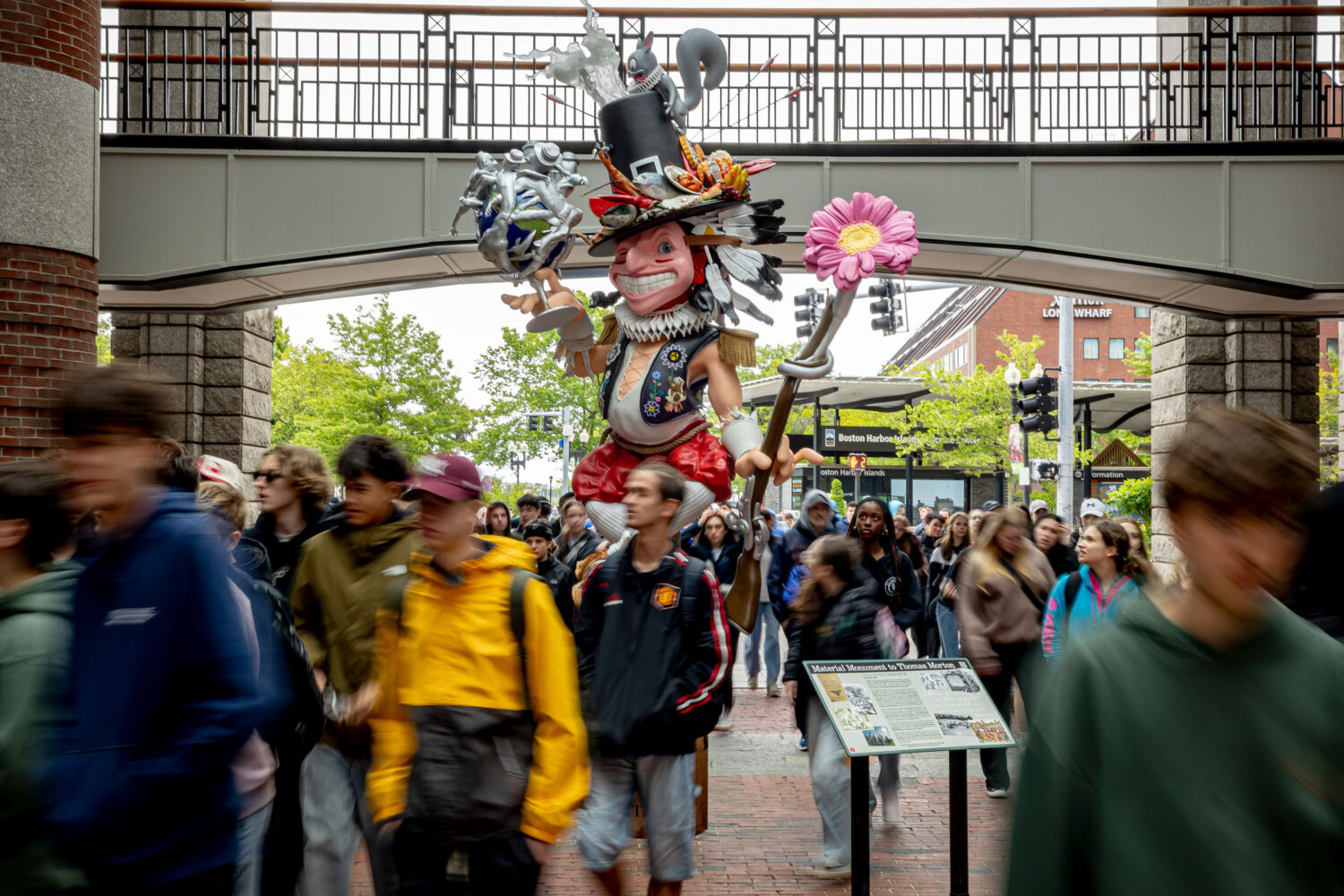One of the new strategies for Barr’s Arts program is activating public support for arts and creativity.Creating Connection is a national effort focused on doing just that. Led by Arts Midwest and the Metropolitan Group, the movement extended its reach to Massachusetts—with two free, public workshops hosted in early June.
Creating Connection aims to provide arts organizations, artists, and art supporters with data-driven, pro-arts messages to apply to their work.We have been following this initiative and, in partnership with Bloomberg Philanthropies, were able to bring it to Massachusetts. The workshop discussions focused on how to apply methods from this research in order to connect with broad and diverse audiences.
To provide more background on what it means to “build public will,” I asked David Fraher, president and CEO of Arts Midwest, to reflect on the work thus far. Below is an excerpt from our conversation.
What is Creating Connection?
Creating Connection is a national movement to build public will for the arts through change-focused communications campaigns. By building public will, we aim to shift people’s attitudes so that they take new or different actions. Collectively these actions will make lasting change in the way arts and culture are recognized, valued, and a part of everyday life.
What got it started?
The initiative grew out of long-term frustration from the arts community. Arts organizations are often the first to lose their funding, particularly from the public sector, and the last to get their funding restored. The arts are in a place of easy expendability, a nicety rather than a necessity.
Arts organizations have tried to reposition themselves in ways they thought would help validate the arts to the public.Oftentimes they were successful, but only in one-off cases or pieces of legislation.The arts community was continually motivating the same people—people who were already believers. We needed to widen the circle, and we didn’t know how.
How can building public will change the status quo?
The communications framework and underlying principles for public will building turned everything we were doing on its head.Instead of starting in the same spot: “We are the arts, look how we’re benefiting [insert cause here]”…it challenged us to start with, “What does the public value? Where are families placing their priorities?”We then could ground our cause in the existing values of those families, which were driving their decisions.
Public will building recognizes that it is unreasonable to try to change people’s values and focuses instead on identifying and understanding how existing values can serve as links to an issue.Once we learned more about it, we realized, wow, this is how you really connect with people.
Can you give an example where building public will really paid off?
One area where building public will was successfully deployed is around public libraries. In the last 10 to 15 years, the way people perceive and use public libraries has really changed. Libraries are no longer dusty, quiet depositories for books. They have become more vibrant and engaging. Why? This change happened because someone realized that what people really valued was a place of opportunity in their community. A library had the potential to be seen by the community as that place.
So, libraries were responsive and changed what they provided and how they provided it.Now people go to the library to access the internet and to apply for jobs.Librarians run community programs and interact with people more often than they interact with books.That process—from identifying the problem to discovering that libraries could have a different future—took about eight years.Some public will efforts can move a little more quickly, but eight years is about the typical timeframe needed to create lasting change.
How did you get a pulse on where people are at with the arts, what they value?
We partnered with the Metropolitan Group on a national research effort to guide our communications strategy and identify groups that could help widen our circle.Our research consisted of a national survey of 2,000 representative respondents; focus and discussion groups across the country; and one-on-one conversations with community leaders, working artists and others.From the research findings, we created a messaging framework that we continue to test, tweak, and move forward today.We are also customizing these messages in different regions of the country where we have local partners like the Barr Foundation.
Did any research findings surprise you?
One surprise was about who we could bring in to widen our circle.Based on ticket sales and audience engagement, we expected older demographics to be at the center of an effort to build broader support for the arts.But groups identified through the research as highly likely to engage in a public will effort on behalf of the arts were Millennials, communities of color, and parents of young children. This was an exciting, hopeful discovery—there were pathways to building authentic engagement with these groups.
Another surprise was about how our messages were resonating with people.A lot of the language that the field has traditionally used to make a case for the arts (improve jobs, grow economy, etc.) did not resonate at all among the broad public.In fact, people didn’t even believe it.This finding showed us we needed two different communications strategies: one for building broad public support and another one for targeting policymakers.All along, we had built arguments to motivate policymakers and then promoted them broadly.Instead, we needed to speak to the different values of those groups.
How is this different from marketing or rebranding the arts?
A public will strategy is different from marketing because it doesn’t require a front-loaded investment for advertising placements or promotional materials.It’s about creating the messages that people will use through social media and grassroots channels.You can also easily adjust your public will strategy and messaging based on feedback.That’s what we’ve been doing with Creating Connection: constantly improving it based on what we learn and tailoring it for specific regions.
What insights are you gathering in Massachusetts?
We’ve taken what we heard across the U.S. and are testing it in Massachusetts.We conducted a series of in-depth focus groups, in which we talked to residents about how they express themselves creatively and what creativity means in their lives.We are also getting ready to kick off a polling project in collaboration with MassINC and Lake Research.The polling is designed to elicit information that will allow us to further understand and segment audiences, and also to create a baseline against which to measure changes in attitudes and behaviors.
How can your work help arts organizations connect with new or evolving audiences?
Moving forward with this public will strategy is going to take more than changing the photo and the headline in your brochure.Arts organizations will need to evolve both their communications and their experiences.How people want to spend their time and express themselves is changing (and will continue to change).This is the new normal.But, this work can help organizations identify their changing audiences and meet those audiences where they are.Successfully responding to people’s values and preferences will open up pathways to widen our circle and engage new audiences with the arts.
